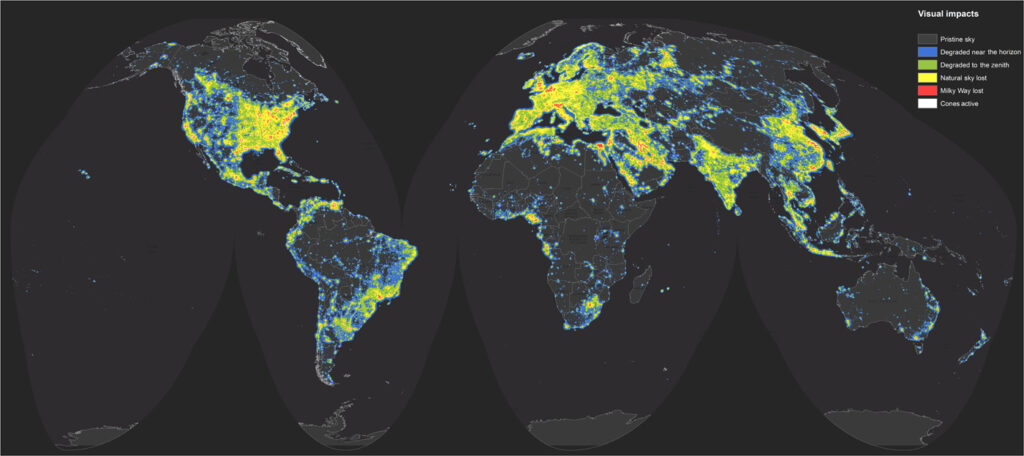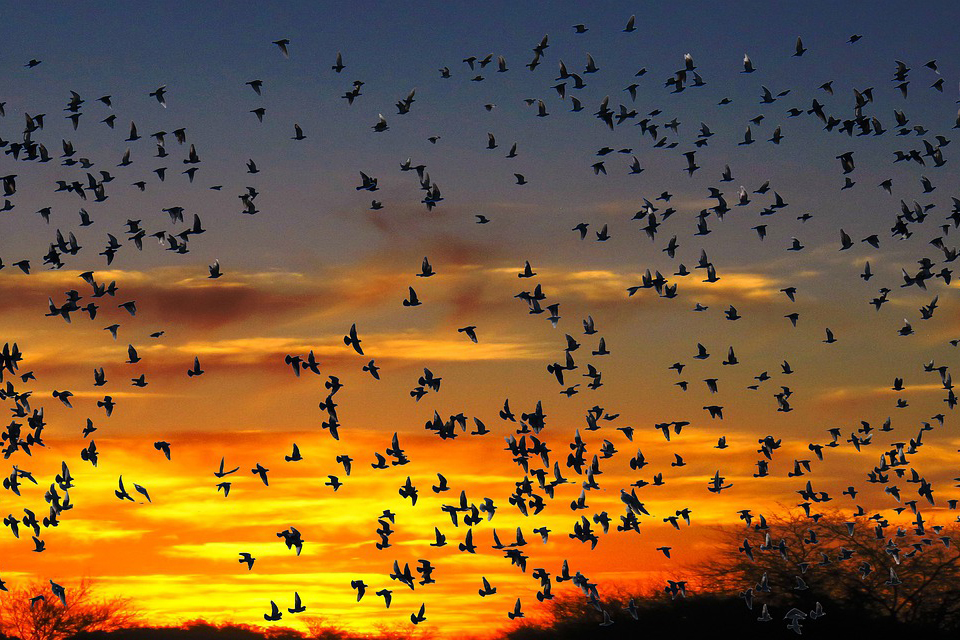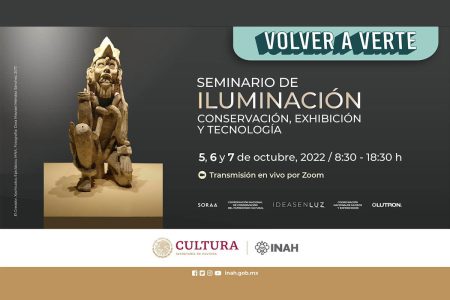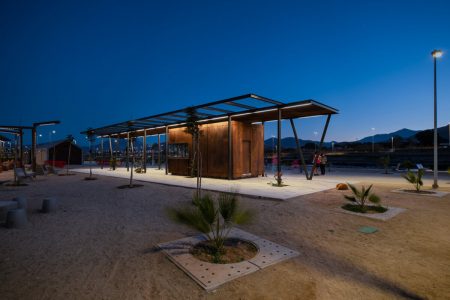Dim the Lights for Birds at Night!
The World Migratory Bird Day is an annual awareness campaign that focuses on the need for the conservation of migratory birds and their habitats. The aim is to help raise awareness about the threats that migratory birds are facing, their ecological importance and the need for international cooperation to preserve them.
Light pollution will be the main topic of the 2022 World Migratory Bird Day campaign. Under the slogan ” Dim the Lights for Birds at Night!”, the campaign seeks to address the effects of light pollution on migratory birds (as well as taking into account its effects on bats, sea turtles, insects and other affected species).

Although definitions of light pollution vary, according to CMS2’s Resolution 13.05, “light pollution refers to artificial light that alters the natural patterns of light and dark in ecosystems”. It also “acknowledges that both humans and wildlife need the right light, in the right place, at the right time”, and “implores Parties to manage artificial light so that migratory species are not disrupted within, nor displaced from, important habitat, and are able to undertake critical behaviors such as foraging, reproduction and migration”
Satellite monitoring revealed that from 2012 to 2016, artificially lit outdoor areas increased by 2.2% per year. And, according to a more recent study in 2021, this number could be much higher.
According to the World Atlas of Light Pollution 20163, more than 80% of the world’s population lives under light polluted skies, a figure that is closer to 99% in Europe and North America. The increasing use of lighting has drastically modified the natural environment, affecting wildlife, including many species of migratory birds.

Artificial light used to illuminate streets, shops, residences and industries, often used for security or aesthetic purposes on monuments, churches, bridges, and other landmarks, influences and impacts the behavior patterns of migratory birds. Cases such as the massive fall of pink-footed shearwaters in Juan Fernandez4, for example, show said impact.
Therefore, it is important to always bear in mind our responsibility as lighting designers to study, observe and care for the environment we are going to intervene and respect its biodiversity.
References:
2 Resolution 13.05 CMS: Light pollution guidelines for wildlife (ON, environment programme)
3 “The new world atlas of artificial night sky brightness”
Links:
CMS Convention on the Conservation of Migratory Species of Wild Animals
AEWA Agreement on the Conservation of African-Eurasian Migratory Waterbirds
World Migratory Bird Day in the Americas





